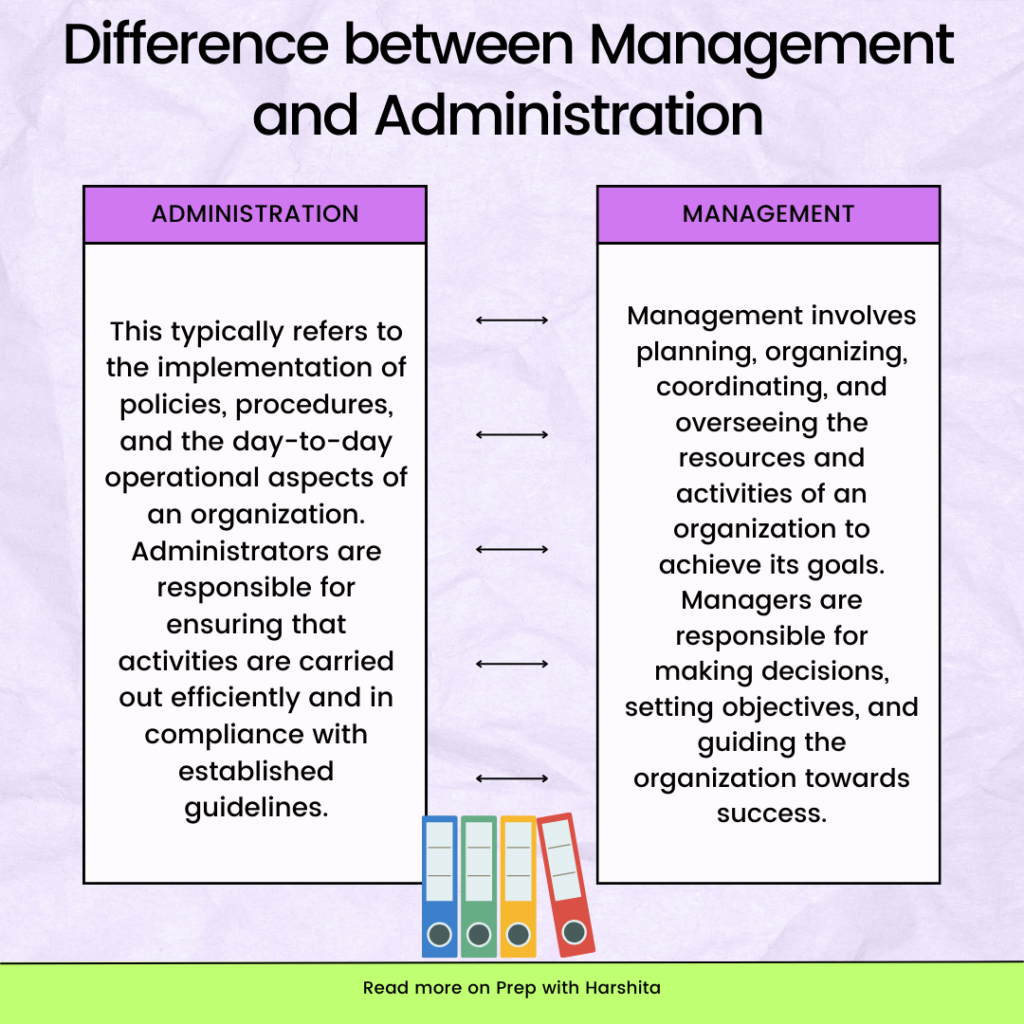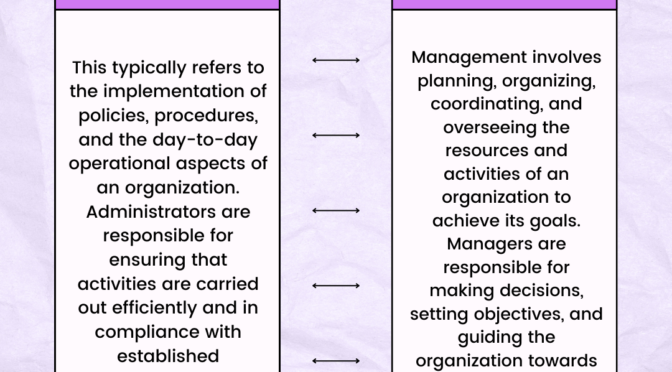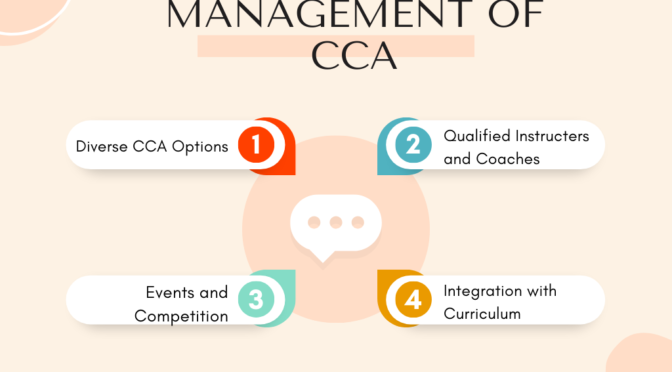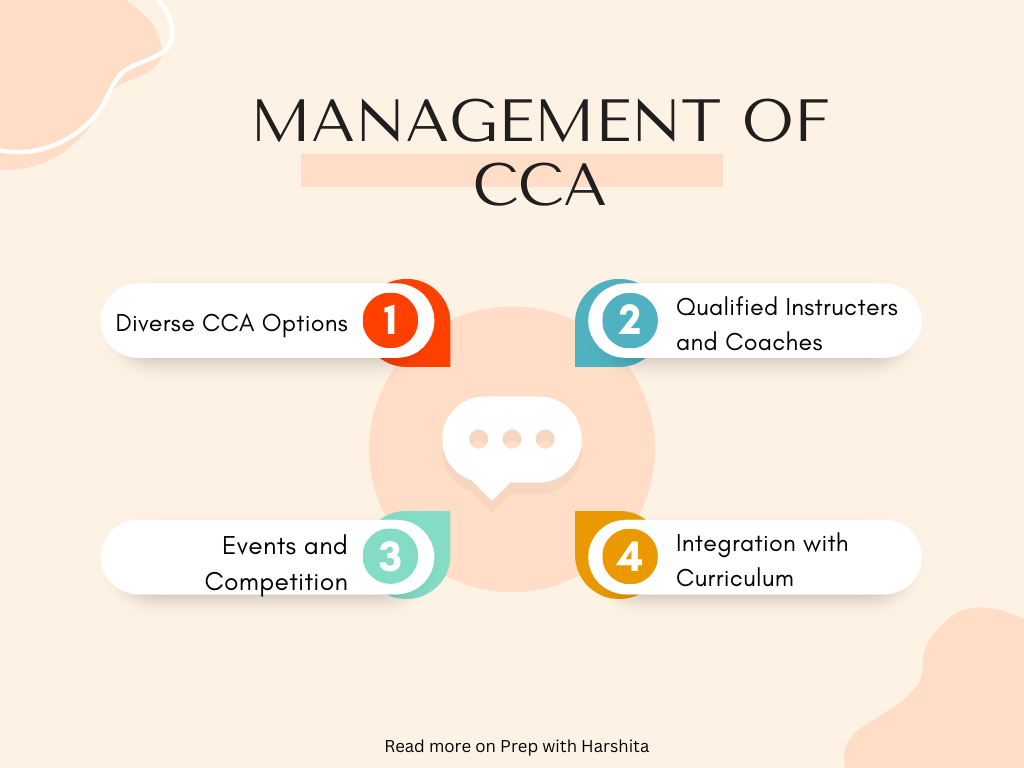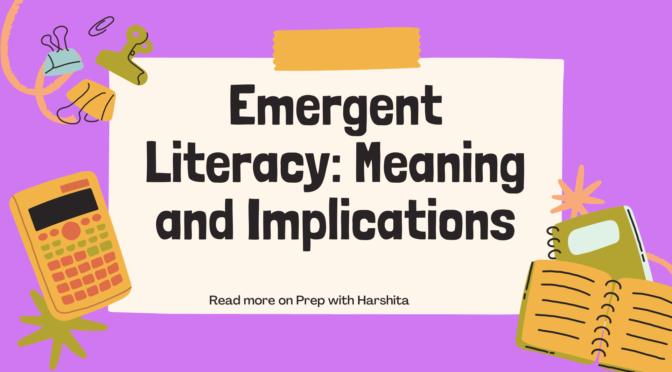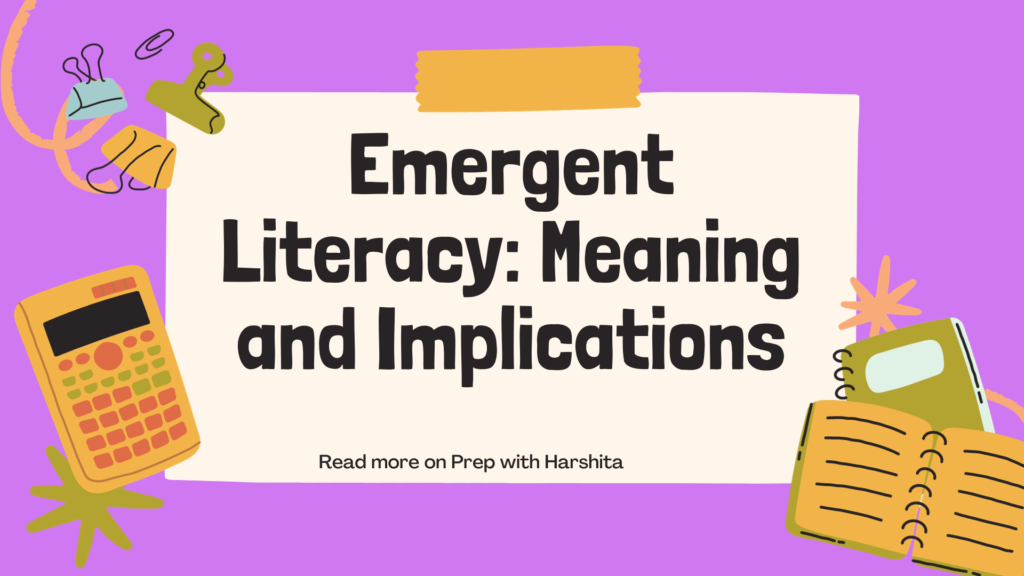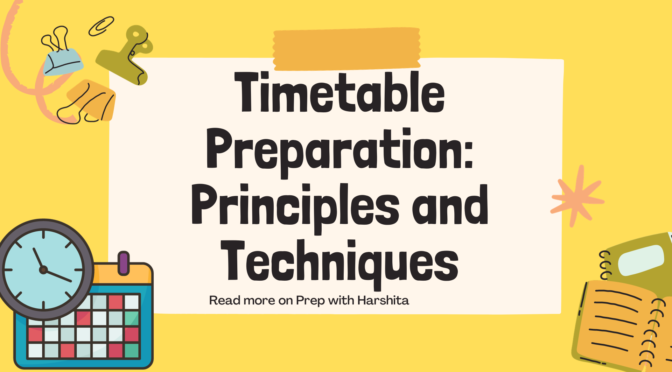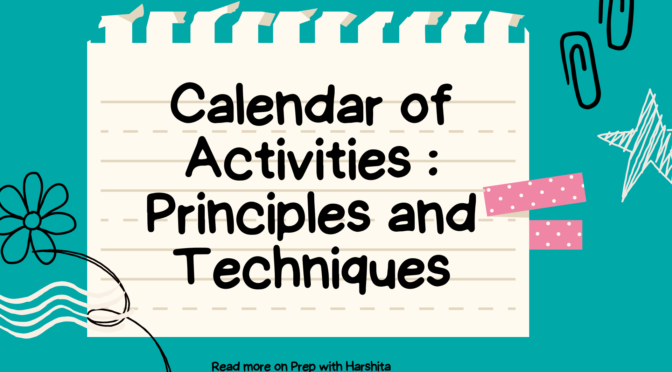In a school setting, the terms “administration” and “management” are often used in a way that reflects their distinct roles within the educational institution. Here’s how they differ in the context of a school:
Administration Functions :
- Focus: School administration mostly involves the implementation of policies, regulations, and day-to-day operations. Administrators ensure that the school runs smoothly, adhering to established guidelines and procedures.
- Responsibilities: School administrators may include positions like principals, vice-principals, deans, and registrars. They handle tasks such as student enrollment, record-keeping, disciplinary matters, and the overall functioning of the school.
Management Function:
- Focus: School management is concerned with the strategic and organizational aspects of running an educational institution. It involves planning, organizing, and coordinating resources to achieve educational goals and objectives.
- Responsibilities: School managers may include positions like academic directors, curriculum coordinators, and business managers. They are responsible for developing educational policies, overseeing curriculum development, managing budgets, and ensuring the efficient use of resources.
Also Read : Supervision in School
Major Differences in Functions :
Decision Making:
- Administration: School administrators make decisions related to the day-to-day operations, discipline, and the implementation of policies within the framework set by the management.
- Management: School managers make decisions that have a broader impact on the institution, such as decisions related to curriculum changes, resource allocation, and long-term planning.
Student Interaction:
- Administration: School administrators often have direct interactions with students, especially in matters of discipline, attendance, and general student welfare.
- Management: School managers may have indirect interactions with students, focusing more on the overall educational framework, curriculum development, and resource management.
Hierarchy:
- Administration: Administrators may include positions at various levels, including school principals, vice-principals, and administrative staff. They are often closer to the daily operations of the school.
- Management: School management may include positions at the district or board level, as well as roles overseeing curriculum, finance, and overall educational strategy.
Strategic Planning:
- Administration: Primarily concerned with executing plans and policies set by the management.
- Management: Involved in the creation and implementation of strategic plans that shape the direction of the school in the long term.
Also Visit : Prep with Harshita
